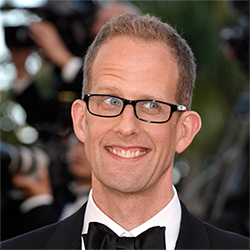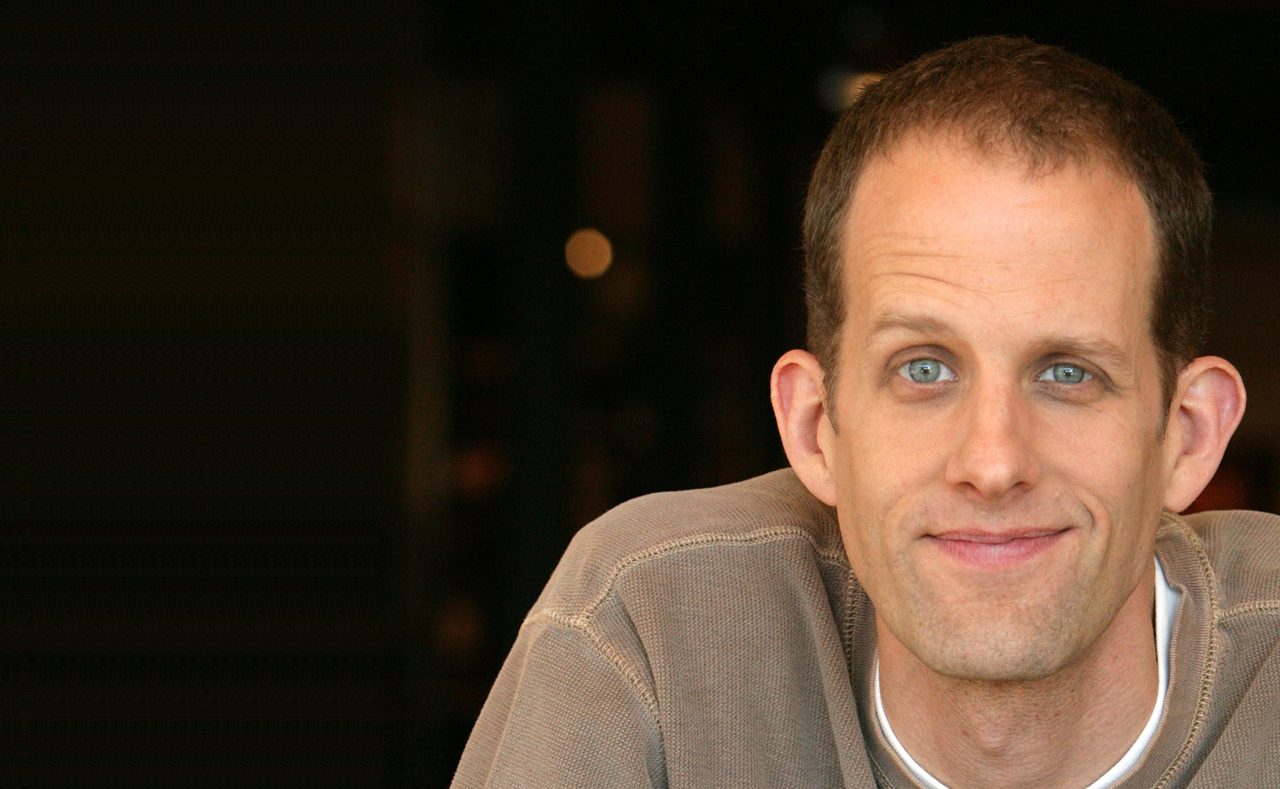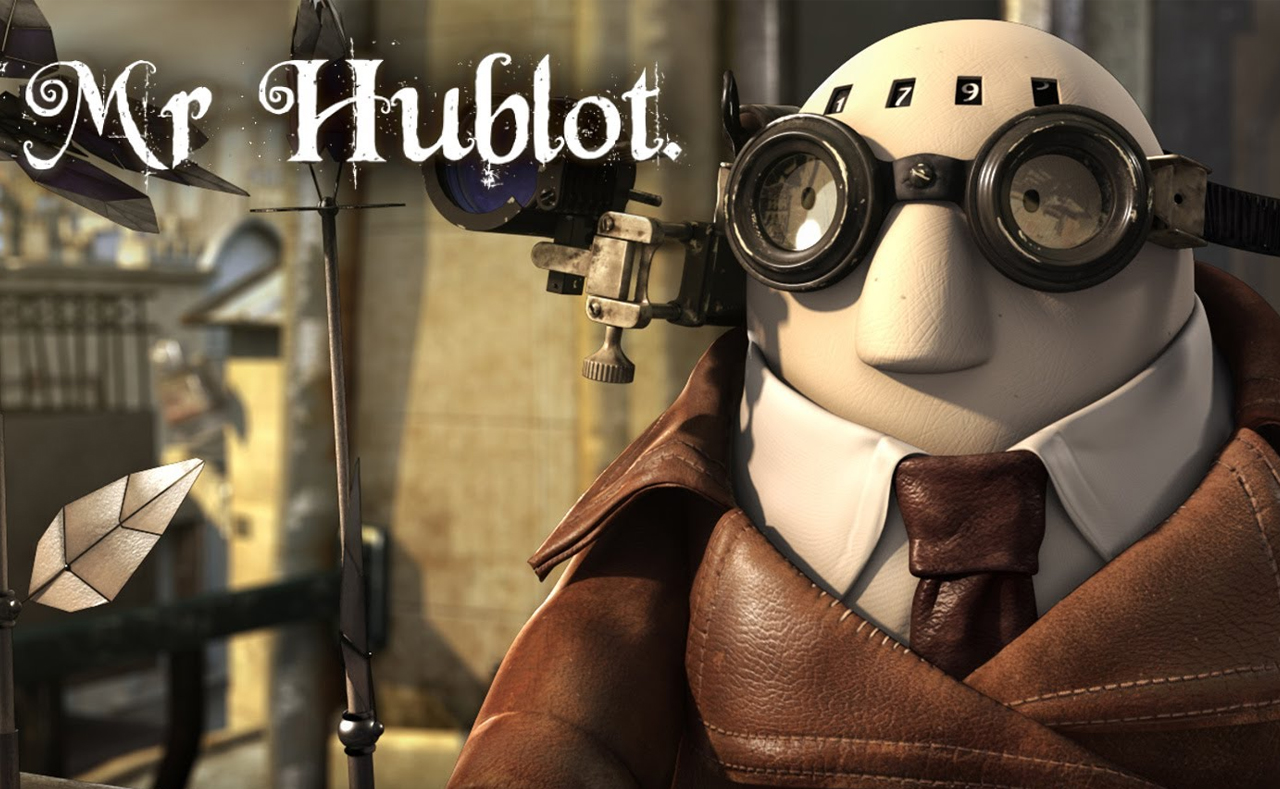By: Pete Docter
“Where do you get your ideas?”
This is a question people ask a lot, and frankly it demonstrates a fundamental misunderstanding about the creative process.
For some geniuses like Walt Disney or Miyazaki, their movies show up to them fully formed. Kapow: Dumbo. Pinocchio. Spirited Away. If you’re lucky enough to be born brilliant, ideas just appear all at once in your head.
I used to believe this.
But here’s the brutal truth: I’ve read through stacks of notes on nearly every Disney feature film. I’ve spoken personally to Hayao Miyazaki about his process. I’ve been privy to the development of every Pixar film. I’ve directed three myself. Not one of them appeared fully formed.
Great ideas are not given, they’re built. Every seemingly obvious and brilliant story takes years of refinement and adjustment. So the real question is not where you get ideas, but how do you develop them?
Frustratingly, there is no step-by-step process I can outline for you. Every project is different. In fact, I will start by slapping a big skull and crossbones style WARNING label on what I’m about to write: incorrect usage may cause sickness or death. Some of these tips may not work for you. They may not even work for me next time. Creative work is a discovery, not a well-mapped excursion. You’ll get lost, and you should; if you don’t, chances are you’re doing something that’s been done before.
Okay, with that out of the way, here goes…
WHERE TO START?
For some people, just getting going is the biggest hurdle. Personally, I don’t find starting as difficult as continuing. There are tons of ideas out there. But how do you tell which ones are “good”?
For me as I start, I’m just looking for something that excites me, for any reason. It might be a concept, a random joke, a new technique, a feeling, some experience I’ve gone through in my life (birth, lost on vacation, a breakup)… anything is fair game, and there are no rules. Monsters, Inc. began by thinking about beliefs I had as a kid (I knew there were monsters that lived in my closet waiting to scare me). Up started as my desire to escape everybody and get away from the craziness of the world. Inside Out got started by me thinking, “what concept would demand it look stylized, not realistic?”
I usually make a list of ideas. I don’t just go with the first thing that comes to me. Finding good ideas is like digging for buried treasure: you might find a coin or two on the top, but usually the chest full of doubloons is buried deeper.
But at this point there’s no judgment. Don’t listen to all those books that tell you how films need to fit a certain structure, and you need to know your theme up front. That’ll come later. The only rule at this point is: do I find this interesting? Does it make me excited to think more about it?
THE EARLY DAYS
If I find an idea I like, I’ll just free associate. The idea grows and expands – every subject connects to dozens of others, and I add together stuff that seems to that fit together. Sometimes it mutates into something entirely different. Some ideas die out and cease to be interesting, or prove to have limited emotional depth.
What does the subject of Monsters make me think about? How do they get into kids’ rooms? What do the monsters get out of it? I ask a lot of questions and come up with a lot of answers – usually multiple answers for each, at first.
Author and cartoonist Mo Willems talks about ideas being seeds. You plant them, cultivate them, and nurture them. Many die. Others grow into small, exquisitely beautiful flowers. Others become massive trees that you can cut down and exploit for the lumber. But you can’t tell what they’ll grow into by just looking at the seed.
I find that some subjects come with themes and concepts attached to them. Tell a story about ants, and see if you don’t start talking about “the individual vs. community” and conforming to society. Think about monsters, and you’ll likely find yourself dealing with fear. This isn’t always the case, and you can obviously move away from these themes that seem to come with their subjects, but depending on the idea this can be a strength to lean into.
RESEARCH
At Pixar we’re huge proponents of research, and with good reason: new information feeds the project. The more you gather, the wider your options. Any fact or concept could open up a whole new direction. (This is of course why we’re often told to “write what you know”, because you already have a stockpile of stuff from which to build with.)
Even better, if you can find an expert who’s really enthusiastic about the subject, their excitement is contagious. I once talked with a farmer about almonds – not the most thrilling subject, you might say – but I swear he got my heart rate going faster. He loved almonds, and I went back to that project with a renewed passion.
Continuing with Mo Willem’s “seed” metaphor, research is like fertilizer – it feeds the project and allows growth in new areas.
There’s also something to be said about research that doesn’t directly fit with what you’re doing. Chasing down stuff that’s interesting to me for no immediately obvious reason can actually lead to some cool stuff. Maybe this is because – for me anyway – writing a story is a discovery, not executing a known plan.
COLLABORATORS
Some people work best with a collaborator – someone to bounce ideas off of, and push each other into new areas. Look for someone who clicks with you but thinks differently, so they bring something else to the table. Disagreements are fine; if you both agree on everything, why have two of you? Just make sure any disagreements are about the work, not thinly disguised arguments about who’s smarter or who’s in charge. Also, you’ll want to make time for you both to work solo at times as well.
LEFT BRAIN
About now is when I start balancing my gut with my head. There are things I know I’m going to need to make this thing good. I may be in love now, but where is this relationship going? Will this idea turn out to be a shallow halfwit or bizarre weirdo that has wasted months of my life?
Let me again warn you that what I’m about to write here is not a formula that guarantees success. All I can say is that as I move forward in developing a project, I often find I’m looking for these things:
- An engaging concept. (i.e. Monsters do exist, and they scare kids for a living.)
- Emotional heart. (What happens when someone you love dies? When you break up with someone? When your kid grows up?) It should be something true, that you have dealt with in your own life. Something you struggle with, not something that has a pat answer.
- Character. Not necessarily a nice good character, but someone interesting. Al Capone isn’t someone you’d likely want to live with, but wouldn’t you love to have had dinner with him?
Usually one or more of these elements is missing in my pitch, and I have to really think hard about how to get them. And unfortunately, they’re gossamer; just because they seemed solid yesterday doesn’t mean they’ll stand up today. I’m constantly reassessing and reevaluating.
STALLING OUT
If you find yourself avoiding thinking about the project, it could be the idea is drying up. Or, you could just be lazy or scared, and are trying to avoid the real work. Because around now (if not before), you’ll probably hit a point where you seriously question the whole idea. Why did I pick this? Why did I ever think this was good? It’s a lot easier to give up and start something else.
Is it time to give this up and move on? Or should you keep going? How can you tell? Only you know for sure – but chances are you should give it another few days. I’m haunted by the advice of my mom: “There are some things in life that are not fun, but that you have to do anyway.” Developing these things are not always fun. In fact I’d put the ratio of fun to work at about 10% fun to 90% work. That’s probably generous. I’ve grown to love the work part too, but that took a while.
Some people say, “Don’t force it. If it’s meant to be, the idea will find you.” On every project I’ve ever worked on I’ve had to drive myself to keep going at some point or another. In the long run, tenacity trumps talent.
It can be hard to remain focused, especially for hours at a time, but the more you do it the better you get. It’s like working out; if you keep at it, you train your brain.
GETTING NOTES
As I develop the concept, I will be seduced by sirens that lead me astray. I fall so completely for these ideas that I am not be able to see they’re not right for the film. That’s why it’s important (though painful) to show what I’m working on to other people that I trust. This is exciting and nerve wracking, because it could either be a huge boost of excitement and enthusiasm, or kill all momentum in a big wet blanket of criticism.
Showing other people is incredibly helpful, for two reasons. For one, pitching to others helps refine your story. Watching what people react to instinctively makes you adjust the story you’re telling and the emphasis you give it. I’ve read that Walt Disney would corner people to tell them the story of Pinocchio as he was developing it, and his story got better every time he told it.
Second, you’ll get new ideas and valuable reactions from people. They’ll like certain things and be confused by other parts. Try to be aware of their reactions while they’re watching or listening. Their reactions are almost more valuable than what they say later, because people react pretty honestly. Once they start talking, they may get caught up in being the expert.
In other words, getting feedback is not passive – you can’t just sit and listen to whatever they say. You have to silently judge and assess: where are they coming from? Does this idea fit in with what I’m trying to do? Or maybe: is it better than what I’m trying to do?
Remember that even brilliant people are not right 100% of the time. Only you know what’s right for your project. But know that if you choose to ignore notes, especially notes you get from many different people, you’re likely doing so at the cost of your film.
GETTING LOST
By now you’ve probably talked with enough people and toyed with enough completely different and contradictory ideas that you’re thoroughly confused. This is understandable and normal.
At these times it’s important to think back to first principles: what was it that got you interested in this story to begin with? What excited you about the first pitch? Is it still exciting? Or has the spark led you to something else even better?
Here’s a trick to help you focus: tell the story, from the main character’s point of view, in 3 sentences or less. This forces you to cut out all the details and superfluous stuff, and it also hopefully shines a big spotlight on the main conflict for your character (hopefully the relationship he/she has with another character). Remember this is not a homework assignment; you don’t get a good grade if you use just the right words. The exercise is only to help you focus on what’s important for your story.
Bill Hader often helps write on South Park, and he told us that creator Trey Parker has a saying: “Replace your ANDs with THEREFOREs.” In other words, events should happen for a reason, and should be caused by actions taken by your main character. Your main character did X, therefore causing Y to happen.
KEEP GOING
Through it all, I try to keep in mind the dual goal of all this: to express myself in order to emotionally affect the audience. The one accomplishes the other: I’m not here for my own therapy; whatever I say has to mean something to people. But ultimately that’s why I’m rewriting, testing and retesting my gut. Whatever I’m making is to entertain and emotionally affect the people who paid to watch.
If there’s one thing I’d underline for you, it’s this: focus on your characters’ relationships. That’s really the main thing we care about as humans. Why else do we so enjoy gossip? Why do we spend so much of our lives around other people? Even if you have great jokes, an amazing world you’ve developed, or even a powerful statement and theme, it’ll really only ever strike home for audiences through the changing interrelationships of your characters.
IS IT SUPPOSED TO TAKE THIS LONG?
If this all seems like a ton of work, it is. Every movie I’ve worked on has taken at least four years. Most of them have made me question why I was making it, my abilities as a filmmaker, and even my worthiness as a human being. Making movies is drudgery. It’s painful. It’s exhausting.
And it’s worth it.
Every chance I’ve had to create something was a gift that brought new depth to my life. If no one ever saw it but me, I would’ve still considered myself incredibly lucky to have had the chance. But every time you make anything, you have an opportunity to make influence someone’s life for the better. If someone laughs, or cries, or thinks more deeply about something because of something you created, it means you’ve connected with them – which is the reason we do this.
Connecting with people is what storytelling is all about. Yes, it takes a lot of work. And that work is a privilege, an art, and an opportunity.

Pete is the director of Inside Out, Up and Monster’s Inc. He has been nominated for six Oscars with two wins for Best Animated Feature Film. Read his full bio here and filmography here.



